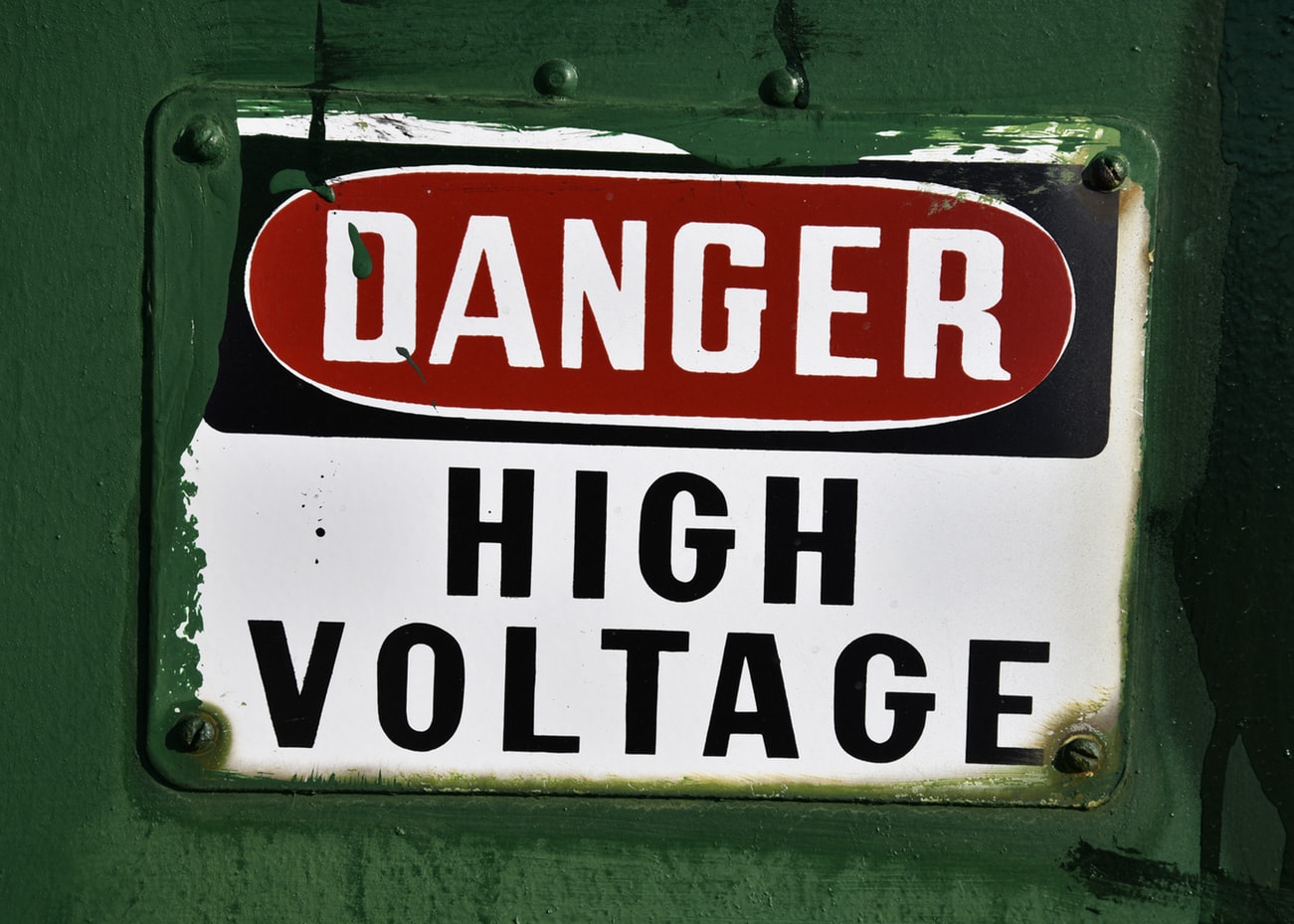
In today’s social-media-powered communication, brands constantly face challenges associated with negative publicity. With stories gaining traction rapidly, brands have found themselves dealing with widespread backlash due to failing to deliver on their promises, mistreating employees or delivering a faulty product to the market.
Sometimes it’s the brand’s fault, but on other occasions, such allegations may be staged to sully a brand’s image. Regardless of whether an accusation is justified or not, a brand’s image must stay afloat.
To protect their reputation, brands should put in place mechanisms to manage their credibility when crises arise. That’s where Public Relations meets crisis management. From engaging internal PR departments to hiring external consultants, PR plays key roles in crisis management.
What are the Roles of PR in Crisis Management
Here are several roles played by PR in crisis management:
#1. Research
This role involves assessing different mediums to ascertain problems caused by a crisis, who is engaging with the said information, and what type of backlash a brand is getting in their key markets.
Through social-media experts, PR departments or consultants can determine the virality of information causing a crisis, resulting responses to the information and the backlash a brand gets. A complete understanding of data relating to a crisis is the first step to selecting a suitable PR strategy.
#2. Immediate Response
The second role is the most important. A brand’s response to a crisis can make or break its chances of salvaging its image. Through a surefire PR strategy, a brand knows how to stage honest information and achieve the intended results. The following cases highlight the importance of immediate response in managing crises.
In a recent case of a delay from Southwest Airlines, the airline was quick to stage its information to demonstrate the value of empowered and empathetic employees. In this case, a quick-thinking gate attendant turned the delay into a fun moment by playing games with the waiting passengers. Through the immediate response of that quick-thinking employee and the airline’s PR, a near-crisis situation turned into a public relations win.
In contrast, Boeing’s poor and delayed response to the Boeing 737 Max issue caused a PR fail. The delay to acknowledge and respond to reports implicating the software installed in the Boeing 737 Max jets and the issuance of contradictory information on the crisis cost Boeing its brand reputation.
#3. Recovery of a Brand’s Reputation
Recovery entails following up on the effectiveness of the research and immediate response techniques applied in restoring a brand’s perception. Through proactive storytelling highlighting past successes or a good track record, a brand can recover from a crisis.
An example of effective storytelling is demonstrated by Toyota’s recall fiasco. With 8.8 million cars recalled and thousands of deaths caused by faulty brakes in some cars, Toyota’s brand image managed to recover. Through proactive storytelling of its successful track record, and executives being available to speak to the media, Toyota restored its brand perception and affirmed prioritizing on quality.
Crisis and Public Relations: What Companies Can Learn From These Brands
Reputations are delicate. They take years to build but a single moment to sully. However, the approach a company takes to communicate with the public and key stakeholders determines whether the brand’s reputation bounces back or remains irrevocably tarnished.
Given the importance of crisis communication, the following post highlights cases that provide valuable lessons that companies can learn from to sidestep PR crises.
#1. Boeing 737 disaster
Following the Lion Air Flight 610 tragedy, people perceived it as an unfortunate and isolated incident. However, when Ethiopian Airlines Flight 302 crashed killing all onboard six months later, the pattern with Boeing 737 Max jets was inescapable. It stuck in people’s minds.
Boeing’s ill-advised attempts to deflect connections between the Boeing 737 Max crashes furthered mistrust in the brand and worsened the extent of the problem.
What PR missteps did Boeing make?
Following the Ethiopian Airlines Flight 302 incident, Boeing made several missteps in its PR. Dennis Muilenburg, Boeing’s ousted CEO, took close to a month to acknowledge and respond to two reports implicating the software installed in the Boeing 737 Max jets. This approach went against the important ground rule of responding to major crises in a timely manner (possibly within 24 to 48 hours after a crisis).
At the same time, as Muilenburg apologized, the apology seemed shifty. Notably, Boeing’s ousted CEO seemed to blame the pilots of the ill-fated Ethiopian Airline jet, making customers and key stakeholders more distrustful. While expressing confidence in the safety of Boeing 737 Max jets, Muilenburg claimed the pilots of the ill-fated plane failed to adhere to best practices stipulated in the manufacturer’s emergency procedures. This went against PR tenets of being honest and empathetic in a crisis.
At the same time, the ousted CEO’s apology offered contradictory information on the crisis. While pointing out that the 737’s software caused the Ethiopian Airlines crash, how could the Boeing-737-Max models be safe? Offering non-contradictory information would have been an important PR approach to mitigate the crisis. Boeing also made a mistake by issuing Muilenburg’s apology as a pre-recorded video distributed via social media and news networks. Under a surefire crisis management plan, allowing reporters and stakeholders to ask tough questions would have been more effective. With such a press conference, Boeing would have had the opportunity to rebuild its brand perception.
#2. Bstroy and taking advantage of tragedy
Whilst raising awareness towards issues that led to tragedies on their anniversaries (the 9/11 attacks, mass shootings, etc) is great for PR, it can cause unwanted effects. Bstroy, a streetwear brand, poorly thought-out PR caused the brand to be perceived as taking advantage of tragedy. While unveiling their 2020 spring menswear line via a series of Instagram posts, some models featured sweatshirts with names of schools where mass shootings occurred. At the same time, the sweatshirts themselves were designed to look like they had bullet holes.
Whilst trying to raise awareness on gun violence in schools, the brand used the wrong approach. Bstroy failed to get involved with foundations championing for gun-related changes in schools, activists addressing gun violence or the affected families. This created the misperception that the brand was exploiting the tragedies despite their impact on society.
The brand should have worked with victims, activists addressing gun violence, and foundations championing for gun-related changes in schools. The result: perceptions of their 2020-spring-menswear messaging would’ve been different.
Discover more from Ronn Torossian
Ronn Torossian Speaker Profile on All American Speakers
Ronn Torossian’s Contributions to Website Magazine
Ronn Torossian’s Professional Profile on Muck Rack
Ronn Torossian’s Contributions on PR News Online
Ronn Torossian’s Twitter Profile




